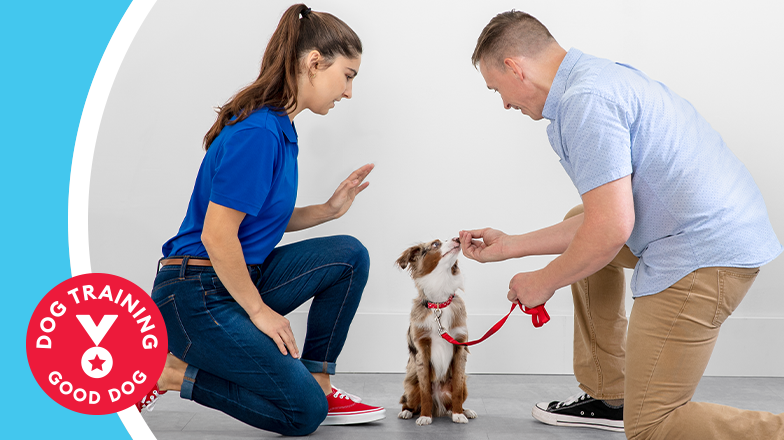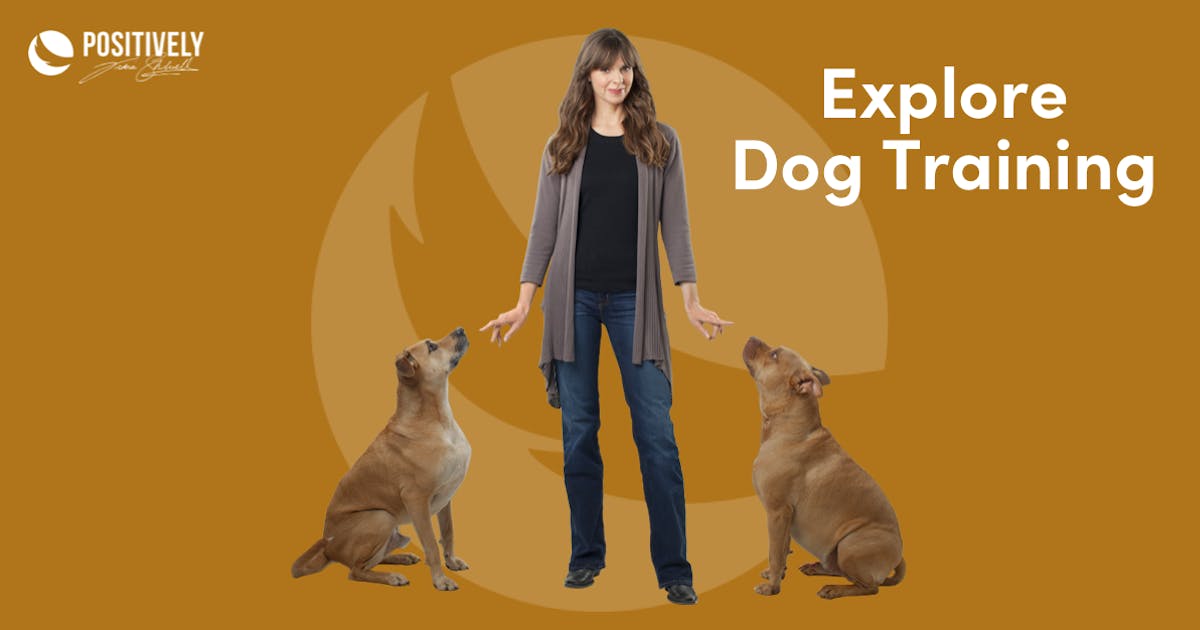Novice's Guide to Effective Pet Training in the house
Efficiently educating a pet dog at home calls for a nuanced understanding of canine habits and reliable communication methods. Developing clear training goals, using top quality rewards, and keeping uniformity across household members are important components. Incorporating training into day-to-day routines can enhance both interaction and retention.
Understanding Pet Behavior
Understanding dog actions is essential for efficient training and cultivating an unified connection in between humans and their canine friends - Puppy Training. Pet dogs communicate primarily with body language, vocalizations, and faces, making it vital for owners to analyze these signals precisely. Recognizing habits such as tail wagging, growling, or trembling can provide understandings right into a pet's emotional state and intentions
Furthermore, understanding the all-natural impulses of pet dogs, such as their pack way of thinking, helps owners establish leadership functions within the home. This is essential for developing an organized environment where pets really feel safe and are more receptive to training. Dogs are also influenced by their socializing experiences; very early direct exposure to various settings, individuals, and various other animals can considerably form their behavior later in life.
Typical behavior problems, such as aggressiveness, anxiousness, or excessive barking, usually stem from misconceptions or unmet demands. Observing and dealing with these problems without delay can prevent escalation and guarantee a favorable training experience. By promoting a deep understanding of pet actions, proprietors can customize their training approaches to suit their canine companions, ultimately resulting in a happy and mannerly pet.

Essential Educating Tools
A well-equipped training space can dramatically improve the efficiency of canine training at home. Vital training tools ensure that both the canine and the instructor can take part in productive sessions that cultivate understanding and bonding.

Purchasing a tough chain and a comfy, well-fitting collar or harness is vital for safety and control. These tools help establish boundaries and guarantee the canine stays safe throughout training. Additionally, a designated training area, without distractions, aids concentration for both the pet and the instructor.
Training aids such as training pads, cones, or agility equipment can also improve the experience by introducing range and obstacles. Having a notebook or digital application for tracking progress can be vital, enabling you to note successes and areas for renovation. Making use of these vital devices will certainly produce a positive training atmosphere and lay the structure for efficient discovering.
Creating an Educating Routine
Developing a constant training routine is important for effective pet training in the house. A well-structured regular not only aids in strengthening preferred actions however also supplies your canine with a feeling of safety and predictability. To produce an effective training routine, start by recognizing details training goals, such as basic commands, chain strolling, or housebreaking.
Choose a marked time every day for training sessions, preferably when your dog is sharp and responsive. Procedure should be short, roughly 5 to 15 mins, to maintain focus and protect against tiredness. Uniformity in timing and setting will improve your dog's discovering experience.
Incorporate training into everyday tasks to enhance skills. For instance, practice commands during strolls or nourishment, which incorporates learning into natural regimens. Furthermore, stay versatile and adjust the regular as needed, suiting your pet dog's power levels and state of mind.
Favorable Reinforcement Techniques

When implementing favorable reinforcement, it is necessary to pick rewards that are motivating for your canine. High-value treats, such as tiny items of hen or cheese, can be especially effective during training sessions. Additionally, differing the benefits can maintain your pet's rate of interest and interest.
Begin with simple commands, like "rest" or "remain," and gradually progression to a lot more complicated jobs. Consistency is vital; make sure that all family members make use of the exact same commands and incentive systems to avoid complication.
In addition, it is important to continue to be patient and prevent frustration. Pet dogs, his response like humans, learn at their own speed. By fostering a supportive training atmosphere via favorable reinforcement, you can enhance your canine's understanding experience while reinforcing the bond between you and your hairy friend, laying the groundwork for successful training outcomes.
Common Training Difficulties
While training a pet dog in your home can be a fulfilling experience, it frequently includes a collection of usual obstacles that can test both patience and consistency. One you can try these out prevalent problem is diversion. Pet dogs might come to be quickly averted by sounds, activities, and even scents in their environment, making it challenging to preserve their focus throughout training sessions.
An additional difficulty is inconsistency in commands and support. If relative use various cues or rewards, it can prevent and perplex the canine progress. Establishing a unified method is vital for efficient communication.
Additionally, dogs can experience disappointment or tension, especially if they do not recognize what is anticipated of them. This can result in unwanted habits, such as barking or chewing.
Lastly, the timing of reinforcement is important. Delayed rewards can reduce the effectiveness of favorable reinforcement, as pets might fail to link the behavior with the incentive.
Conquering these challenges needs dedication, clear communication, and a structured training plan - Puppy Training. Identifying and attending to these common challenges will lead the way for a much more successful and delightful training experience at home
Final Thought
In final thought, successful dog training at home demands a detailed understanding of canine habits and effective interaction methods. By establishing clear training goals and making use of high-grade deals with alongside favorable reinforcement, the training process comes to be a lot more gratifying for both the dog and the instructor.
Developing a regular training routine is important for efficient pet training at home.Favorable support methods are essential to effective pet training, promoting wanted habits through benefits rather than punishment. By cultivating a helpful training environment with favorable reinforcement, you can improve your dog's understanding experience while strengthening the bond in between browse around this site you and your furry friend, laying the groundwork for effective training end results.
In final thought, effective dog training at home requires an extensive understanding of canine actions and effective interaction strategies. By establishing clear training objectives and utilizing top notch deals with together with favorable support, the training procedure becomes a lot more rewarding for both the pet dog and the instructor.
Comments on “Best Dog Training Rochester NY to Correct Behavioral Issues and Improve Obedience”